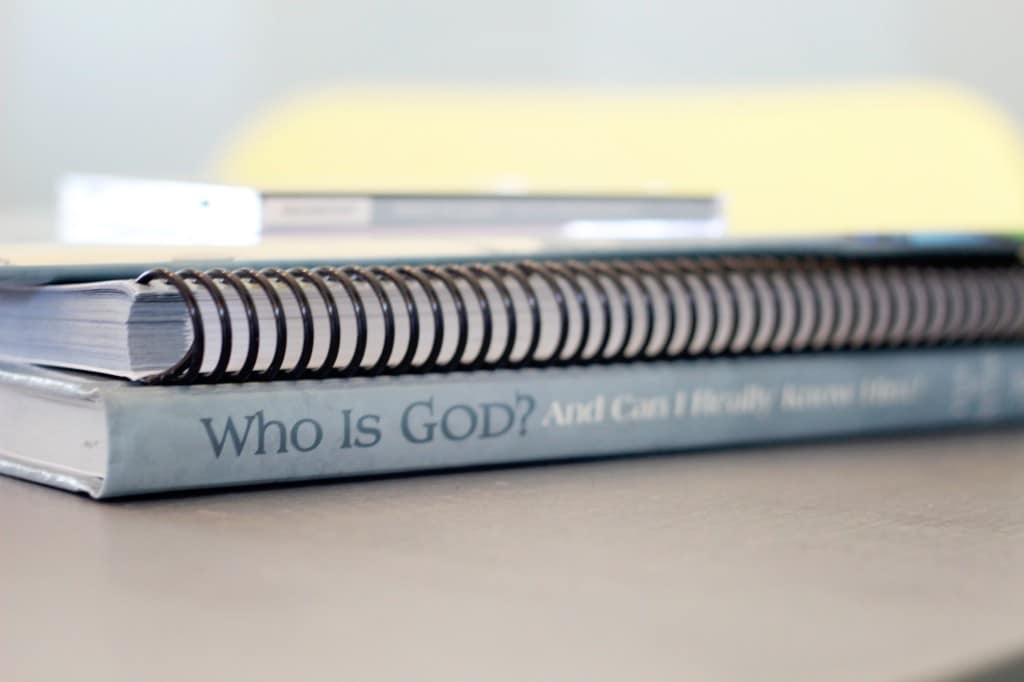Tuesday, January 29, 2013
What's the story?
I think Charles Dickens wrote the novel Great Expectations in order to express the theme that we will all have immense expectations that may or may not become our lives some day. He expressed this theme through his novel because, well, he is a writer, and it seems that's exactly what writers tend to do. They take our morals, ideas, and wonders of the world and incorporate them into fictionous novels for not only our mere enjoyment but rather as a life lesson. Some literart techniques that Dickens uses are his extensive amounts of metaphors and symbols that led me to this conclusion. Mrs. Havisham is not only a old woman there as a friend to Pip, but rather is a symbol of what we expect our lives to become. She represesnts the nothingness we become as our expectations become shit. Dickens takes these characters, like Mrs. Havisham, and uses her as a representation to not only Pip but to the readers as well. This comes to the conclusion that Dickens wrote Great Expectations to leave us with the lesson that our expectations may blind us from reality and may eventually make us into these terrible creatures.
Tuesday, January 22, 2013
Lit Terms Remixed
1. Allegory: a tale in prose or verse in which characters, actions, or settings represesnt abstract ideas or moral qualities; a story that uses symbols to make a point
2. Alliteration: the repitition of similiar intial sounds, usually consonants, in a group of words

3. Allusion: a reference to a person, place, event, or a literary work that a writer expects a reader to recognize

4. Ambiguity: something uncertain as to interpretation

5. Anachronism: something that shows up in the wrong place or the wrong time

6. Analogy: a comparison made between two things to show the similarities

7. Analysis: a method in which work or an idea is seperated into its parts, and those parts given rigorous and detailed scrutiny

8. Anaphora: a device or repitition in which a word or words are repeated at the beginning of two or more lines, phrases, clauses, or sentences.

9. Anecdote: a very short story to illustrate a point

10. Antagonist: a person or force opposing the protagonist in a drama or narrative

11. Antithesis: a balancing of one term against another for emphasis or stylistic effectiveness
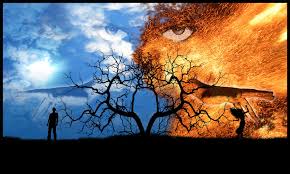
12. Aphorism: a pointed statement expressing some wise or clever observation about life

13. Apologia: a defense or justification againt some doctrine, piece of writing, cause, or action; apology
14. Apostrophe: a figure of speech in which an absent or dead person, an abstract quality, or something inanimate or nonhuman is addresses directly

15. Argument(ation): the process by convincing a reader by proving either the truth or the falsity of an idea or proposition; the thesis or proposition itself

16. Assumption: the act of supposing, or taking for granted that a thing is true

17. Audience: the intended listener(s)

18. Charcterization: the means by which a writer reveals a character's personality
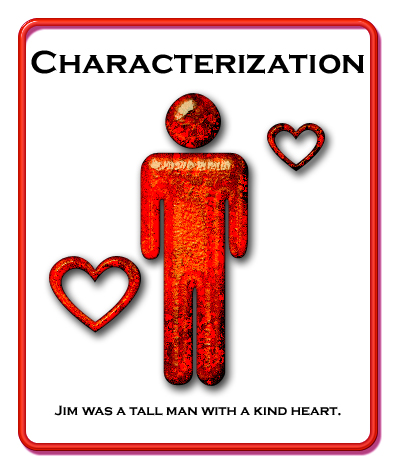
19. Chiasmus: a reversal in the order off words so that the second half of a statement balances the first half in inverted word order

20. Circumlocation: a roundabout or evasive speech or writing, in which many words or used but a few would have served

21. Classicism: art, literature, and music refelcting the principles of ancient Greece and Rome: tradition, reason, clarity, order, and balance
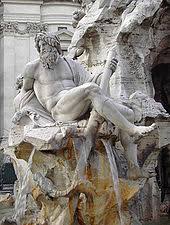
22. Cliche: a phrase or situation overused within society
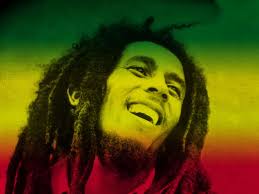
23. Climax: the decisive point in a narrative or drama

24. Colloquialism: folksy speech, slang words, or phrases usually used in informal conversation

25. Comedy: originally a nondramatic literary piece of work that was marked by a happy ending

26. Conflict: struggle or problem in a story causing tension

27. Connotation: implicit meaning, going beyond dictionary definition
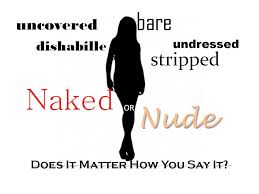
28. Contrast: a rhetorical device by which one element (idea or object) is thrown into oppostition to another for the sake of emphasis or clarity

29. Denotation: plain dictionary definition

30. Denoument: loose ends tie up in a story after the climax, closure, conclusion


3. Allusion: a reference to a person, place, event, or a literary work that a writer expects a reader to recognize

4. Ambiguity: something uncertain as to interpretation

5. Anachronism: something that shows up in the wrong place or the wrong time
6. Analogy: a comparison made between two things to show the similarities

7. Analysis: a method in which work or an idea is seperated into its parts, and those parts given rigorous and detailed scrutiny

8. Anaphora: a device or repitition in which a word or words are repeated at the beginning of two or more lines, phrases, clauses, or sentences.

9. Anecdote: a very short story to illustrate a point

10. Antagonist: a person or force opposing the protagonist in a drama or narrative

11. Antithesis: a balancing of one term against another for emphasis or stylistic effectiveness
12. Aphorism: a pointed statement expressing some wise or clever observation about life
13. Apologia: a defense or justification againt some doctrine, piece of writing, cause, or action; apology
14. Apostrophe: a figure of speech in which an absent or dead person, an abstract quality, or something inanimate or nonhuman is addresses directly

15. Argument(ation): the process by convincing a reader by proving either the truth or the falsity of an idea or proposition; the thesis or proposition itself

16. Assumption: the act of supposing, or taking for granted that a thing is true

17. Audience: the intended listener(s)
18. Charcterization: the means by which a writer reveals a character's personality

19. Chiasmus: a reversal in the order off words so that the second half of a statement balances the first half in inverted word order

20. Circumlocation: a roundabout or evasive speech or writing, in which many words or used but a few would have served
21. Classicism: art, literature, and music refelcting the principles of ancient Greece and Rome: tradition, reason, clarity, order, and balance
22. Cliche: a phrase or situation overused within society
23. Climax: the decisive point in a narrative or drama

24. Colloquialism: folksy speech, slang words, or phrases usually used in informal conversation

25. Comedy: originally a nondramatic literary piece of work that was marked by a happy ending
26. Conflict: struggle or problem in a story causing tension
27. Connotation: implicit meaning, going beyond dictionary definition
28. Contrast: a rhetorical device by which one element (idea or object) is thrown into oppostition to another for the sake of emphasis or clarity

29. Denotation: plain dictionary definition
30. Denoument: loose ends tie up in a story after the climax, closure, conclusion

Thursday, January 10, 2013
AP PREP POST 1: SIDDARTHA
Q1. If you were the river, would you be enlightenment or would you know enlightenment? In other words, what’s up with the river? What is it’s relation to enlightenment?(http://www.shmoop.com/siddhartha/questions.html)
A1. I would definitely be enlightenment. When I look at a river I see a ever-changing life. Like in Pocahantas, "...the thing about rivers is you never step in the same river twice." It shows a constant flow of movement and life. It never is the same. You should always live your life like this. Although having a schedule is good, changing things up is truly living life.
Q2. What does enlightenment look like in Siddhartha? Is it a feeling? An attitude? (http://www.shmoop.com/siddhartha/questions.html)
A2. In Siddhartha, enlightenment is more of an attitude. You can always feel or see enlightment, but that never means you may ever change your ways. Enlightenment is definitely a way of being. Not just feeling it but actually being it.
Q3. What purpose does self-denial serve in Siddhartha? What about self-indulgence?(http://www.shmoop.com/siddhartha/questions.html)
A3. It gives the reason for why we all need to find ourselves. We will always be blinded by self-denial and feeling like we will never achieve what we like. This serves as the direct purpose to achieve such enlightenment and truly become ourselves.
Q4. What is the conflict in Siddhartha?
(http://www.enotes.com/siddhartha/q-and-a/what-conflict-resolution-siddhartha-364172)
A4. Discovering the true meaning of existence in the world.
Q5. How is rebirth represented in Siddhartha?
(http://www.enotes.com/siddhartha/q-and-a/how-rebirth-represented-story-different-from-377988)
A5. Rebirth is presented as the continual state of the cyclical nature of life in this novel.
I think these questions show me that definitely will need to quickly read of this novel again. The last time I actually truly read and understood this book was almost 3 years ago so I'm definitely going to need some brushing up. There were questions I found(which I didn't post due to the fact that I obviously didn't know the anwswers) which I had no idea the answers to. This shows me that I will certainly need to read over any novels used in the AP Exam maybe once or twice more.
A1. I would definitely be enlightenment. When I look at a river I see a ever-changing life. Like in Pocahantas, "...the thing about rivers is you never step in the same river twice." It shows a constant flow of movement and life. It never is the same. You should always live your life like this. Although having a schedule is good, changing things up is truly living life.
Q2. What does enlightenment look like in Siddhartha? Is it a feeling? An attitude? (http://www.shmoop.com/siddhartha/questions.html)
A2. In Siddhartha, enlightenment is more of an attitude. You can always feel or see enlightment, but that never means you may ever change your ways. Enlightenment is definitely a way of being. Not just feeling it but actually being it.
Q3. What purpose does self-denial serve in Siddhartha? What about self-indulgence?(http://www.shmoop.com/siddhartha/questions.html)
A3. It gives the reason for why we all need to find ourselves. We will always be blinded by self-denial and feeling like we will never achieve what we like. This serves as the direct purpose to achieve such enlightenment and truly become ourselves.
Q4. What is the conflict in Siddhartha?
(http://www.enotes.com/siddhartha/q-and-a/what-conflict-resolution-siddhartha-364172)
A4. Discovering the true meaning of existence in the world.
Q5. How is rebirth represented in Siddhartha?
(http://www.enotes.com/siddhartha/q-and-a/how-rebirth-represented-story-different-from-377988)
A5. Rebirth is presented as the continual state of the cyclical nature of life in this novel.
I think these questions show me that definitely will need to quickly read of this novel again. The last time I actually truly read and understood this book was almost 3 years ago so I'm definitely going to need some brushing up. There were questions I found(which I didn't post due to the fact that I obviously didn't know the anwswers) which I had no idea the answers to. This shows me that I will certainly need to read over any novels used in the AP Exam maybe once or twice more.
Subscribe to:
Posts (Atom)

